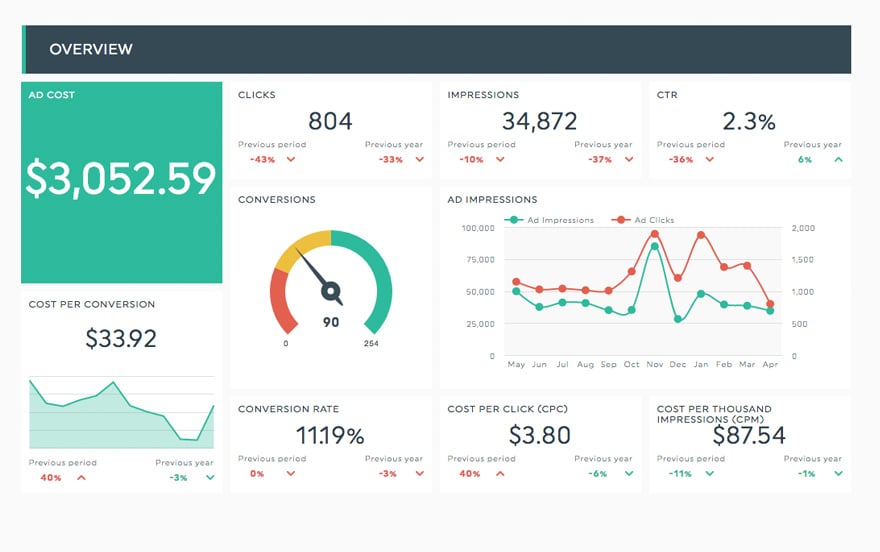What is the Acquisition Rate
The acquisition rate is a crucial metric that measures the effectiveness of converting prospects into paying customers. This metric provides insights into the efficiency of various marketing channels and the overall success of customer acquisition strategies. A high acquisition rate indicates effective marketing and sales processes, potentially leading to increased profitability. However, it's important to balance acquisition efforts with retention strategies, as maintaining a healthy mix of new and existing customers is key to customer relationships.






